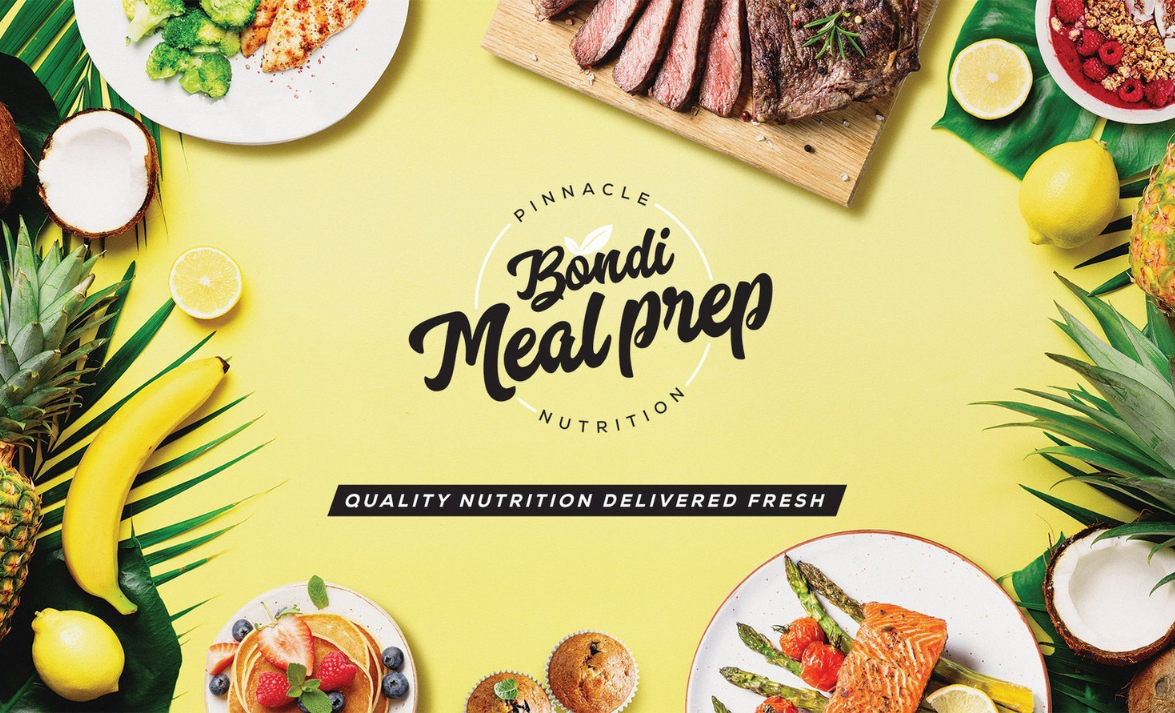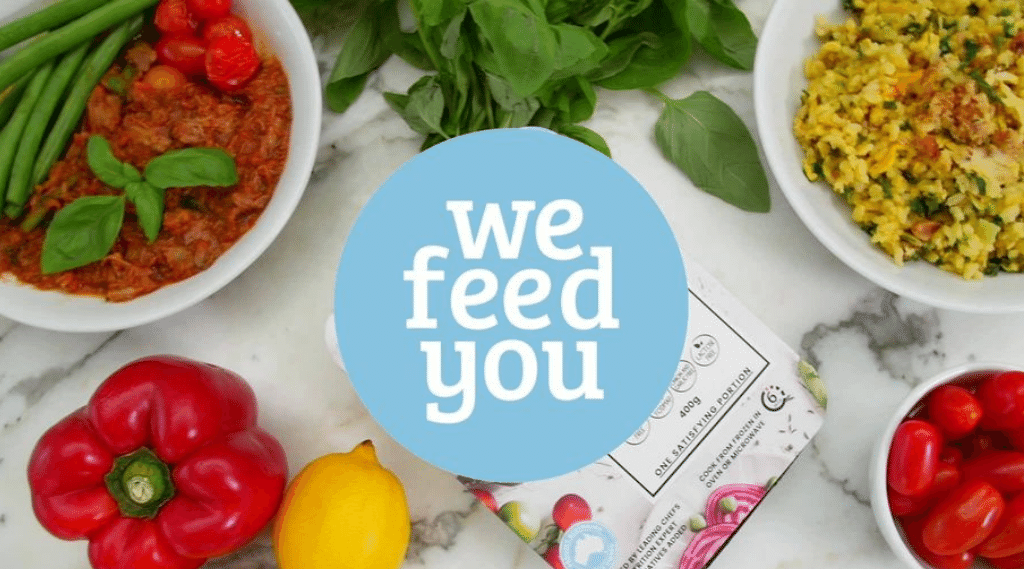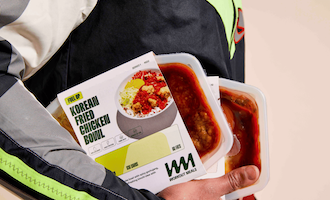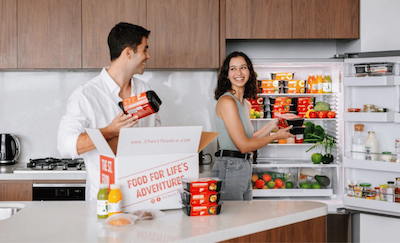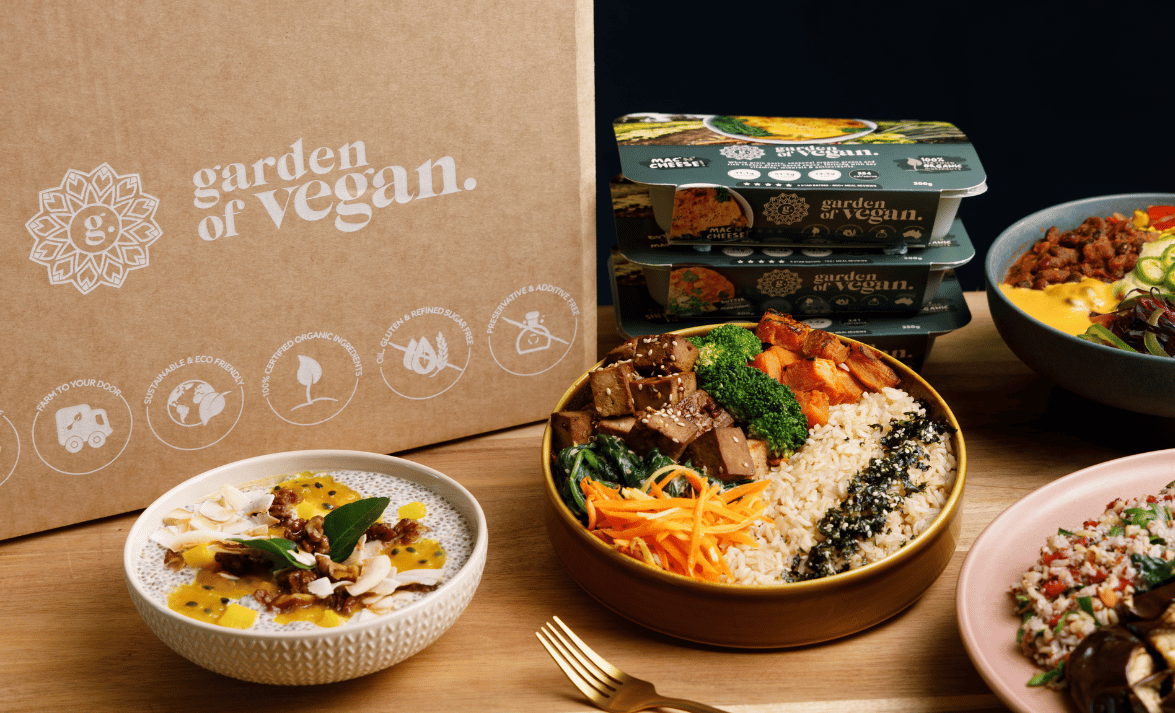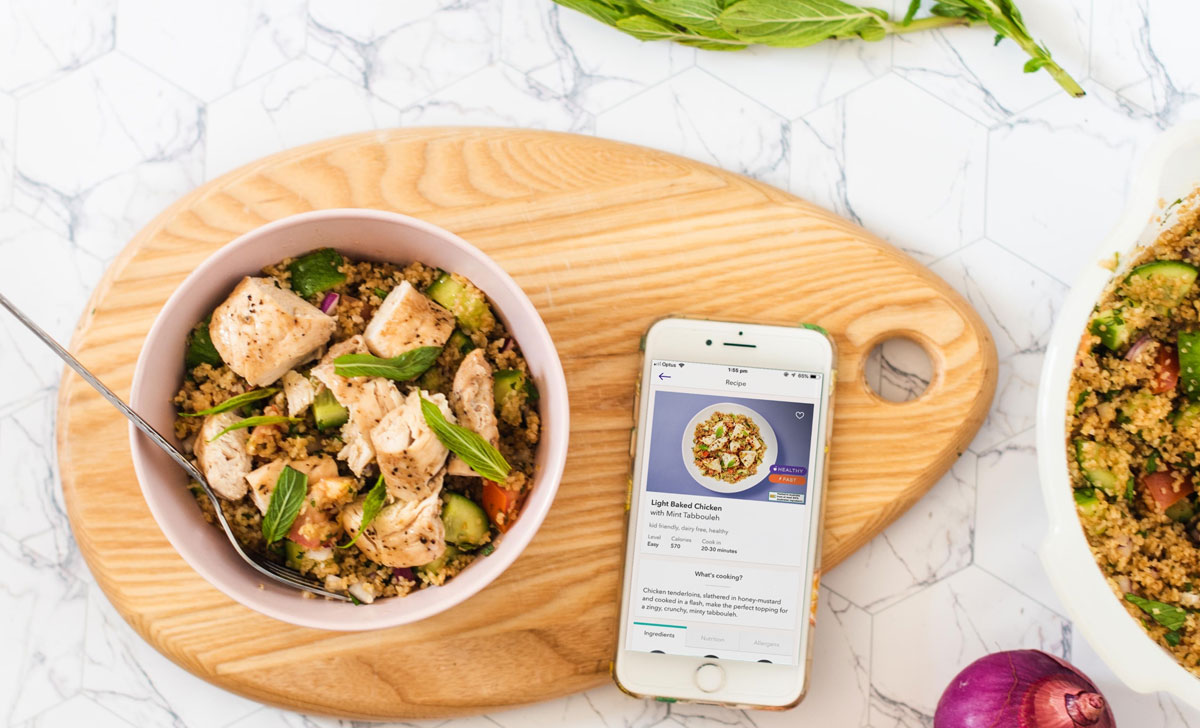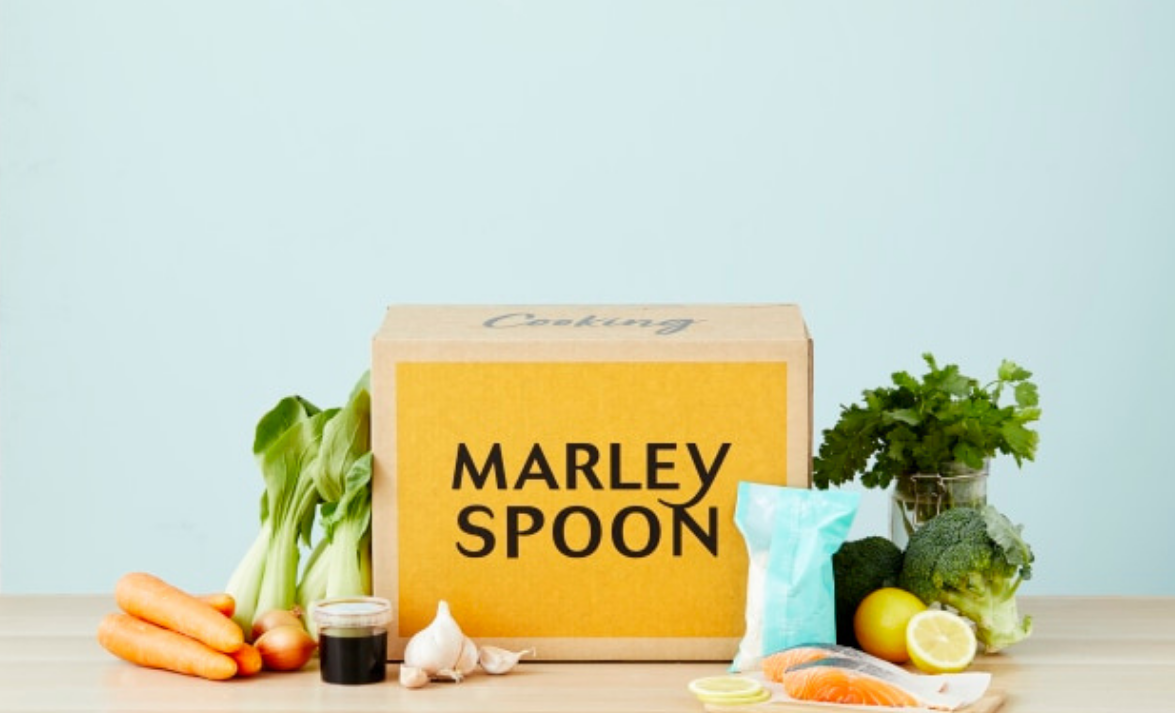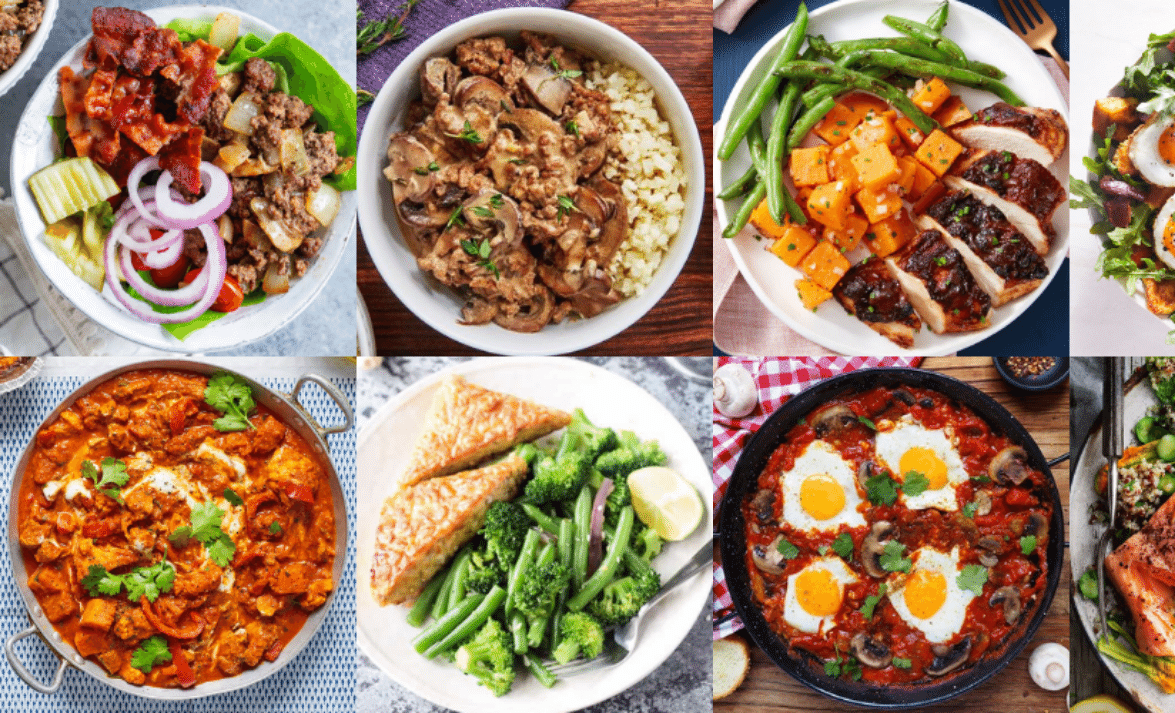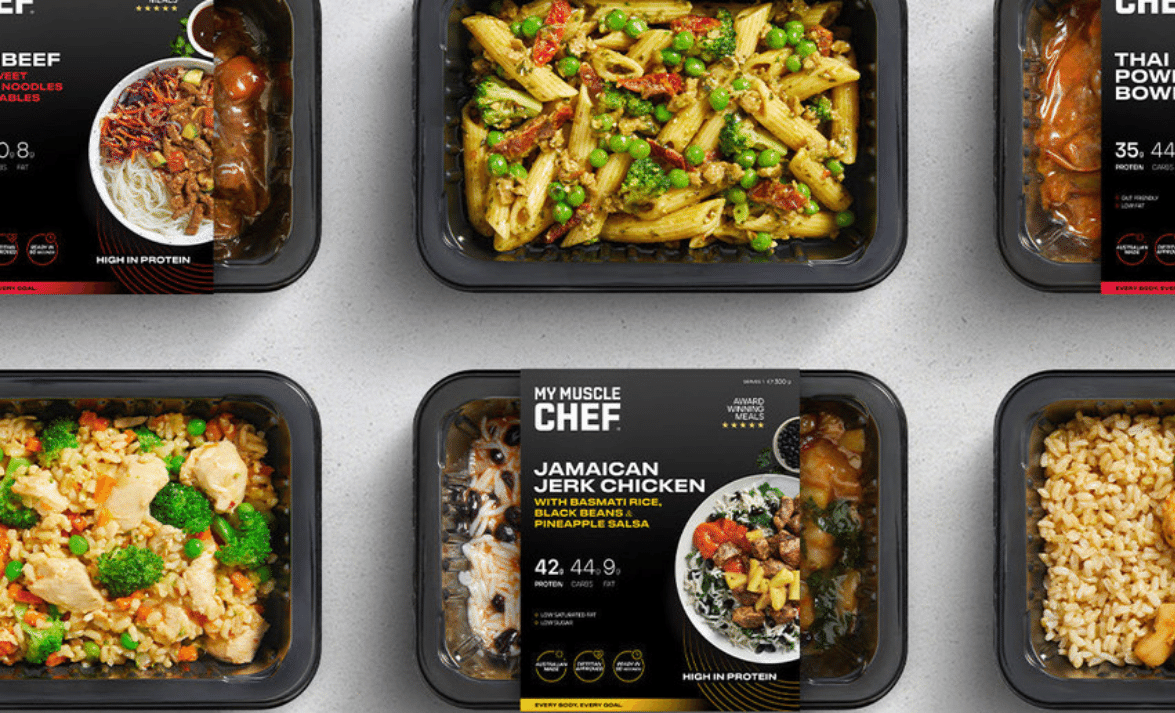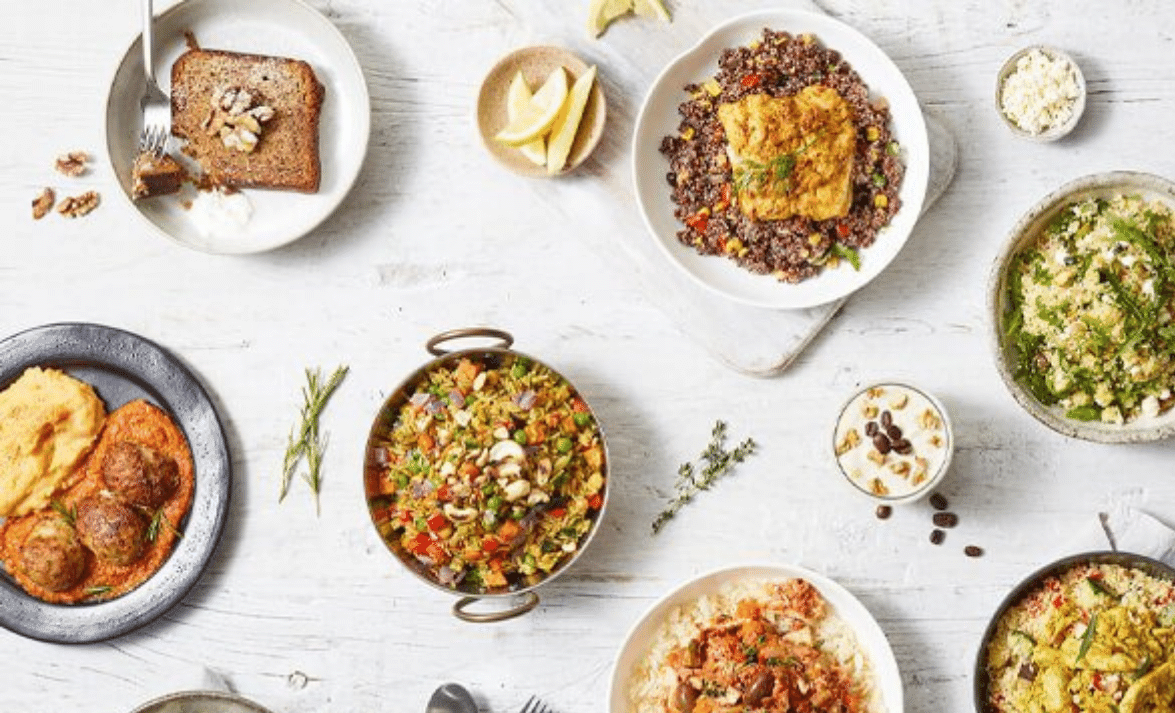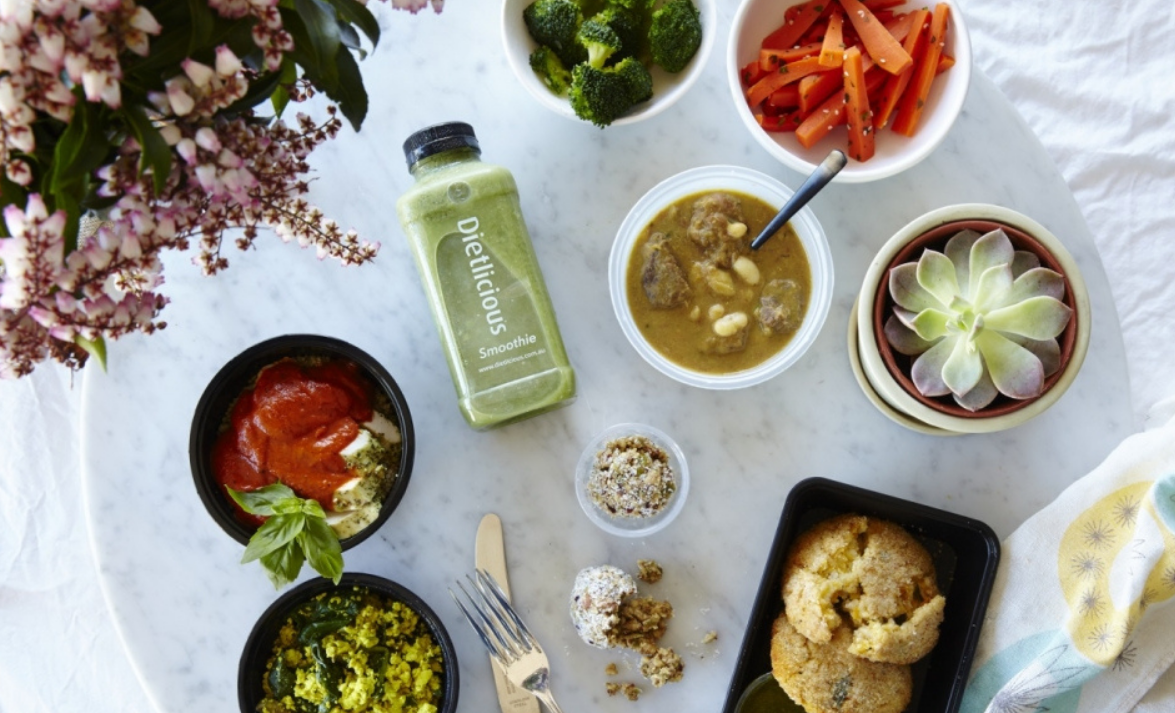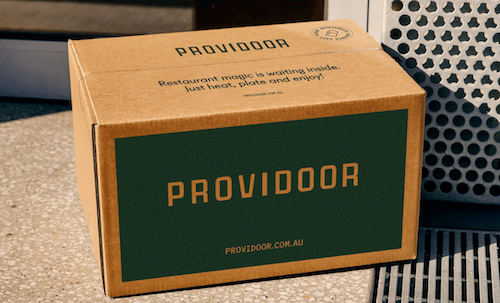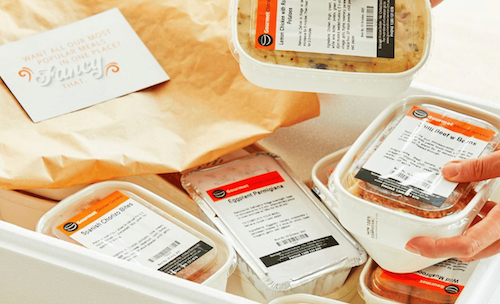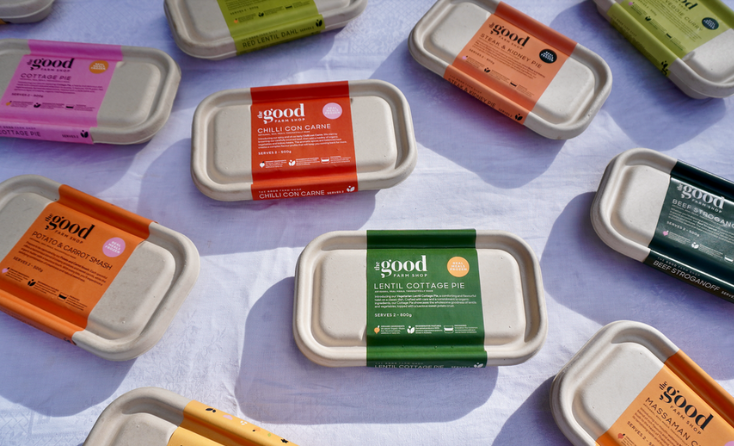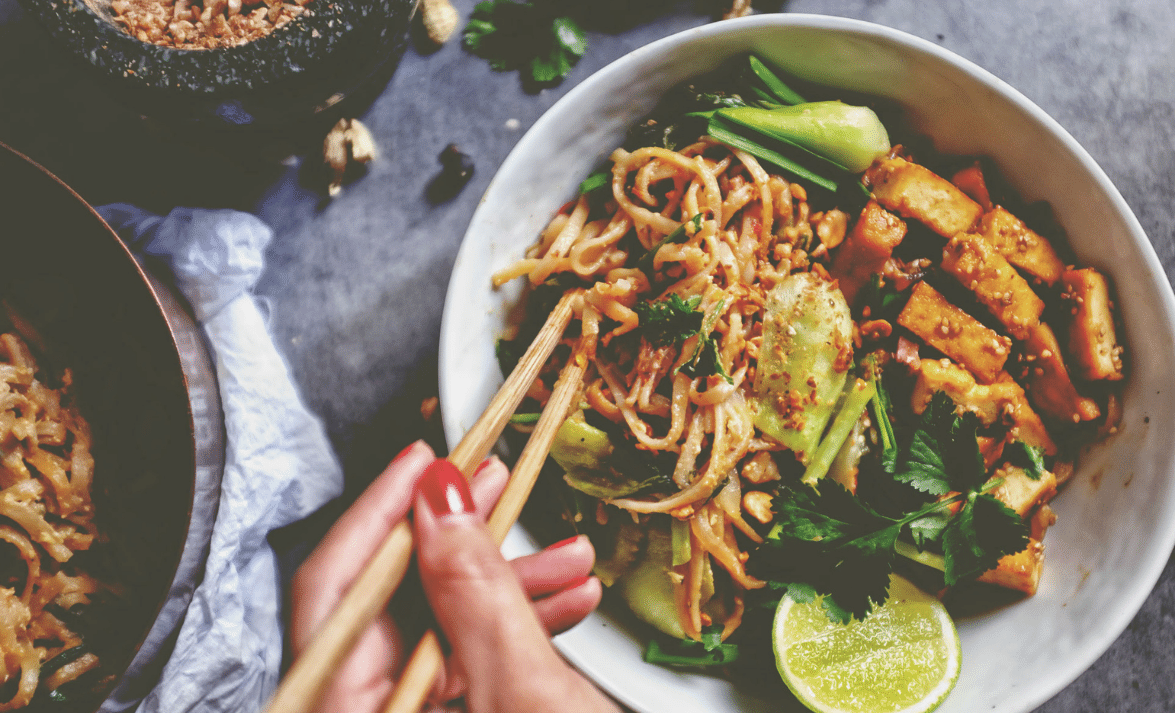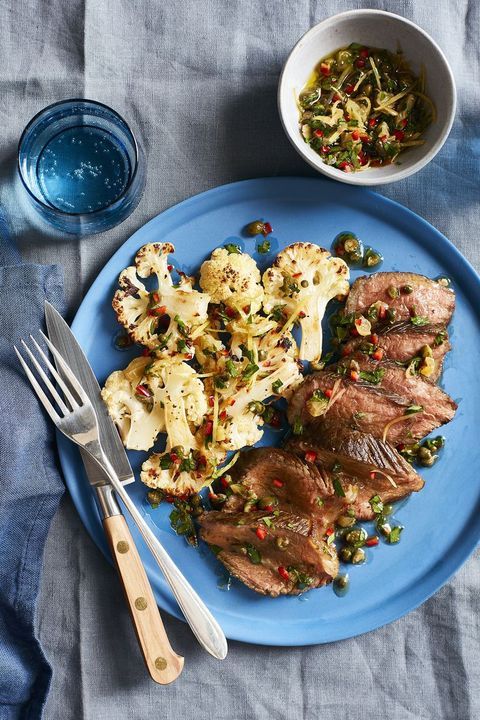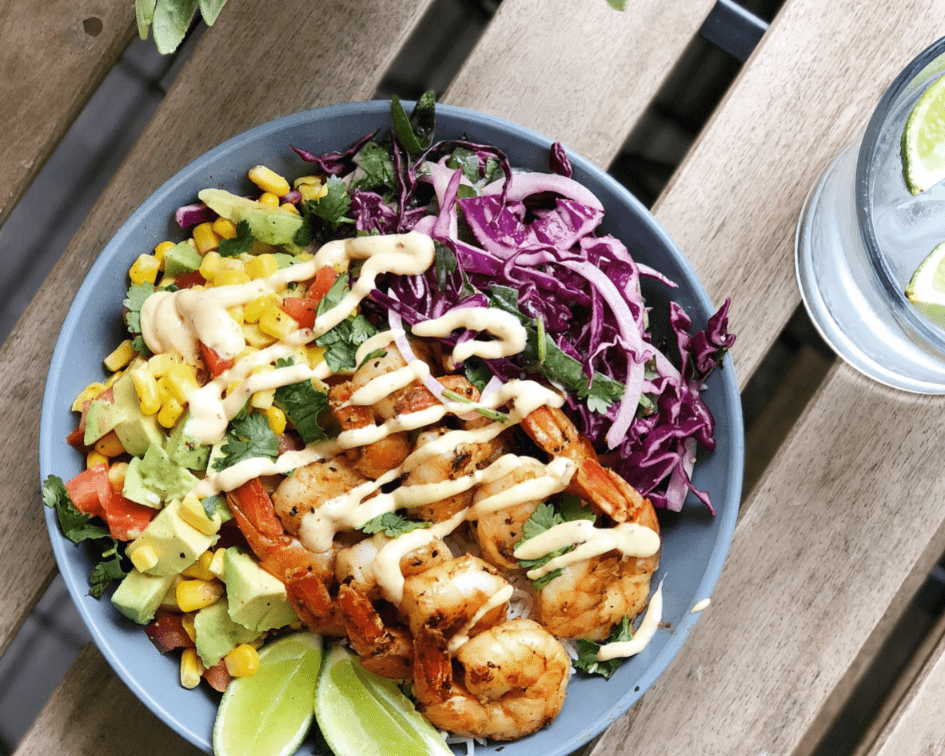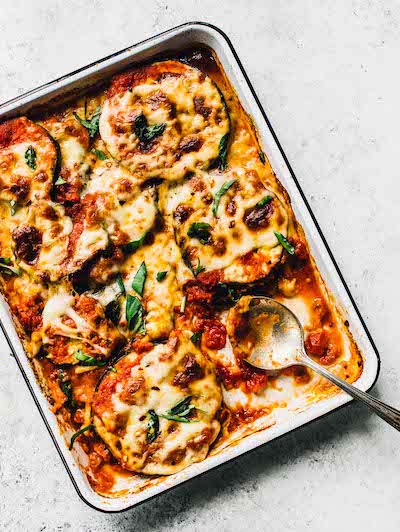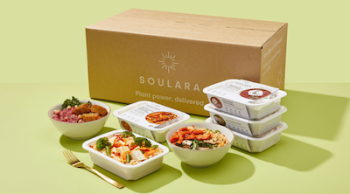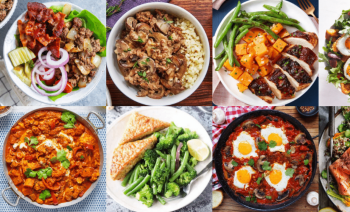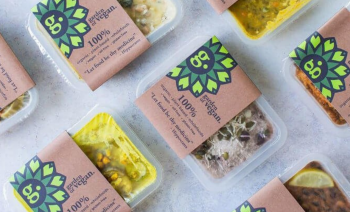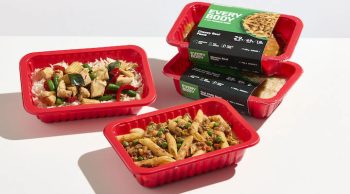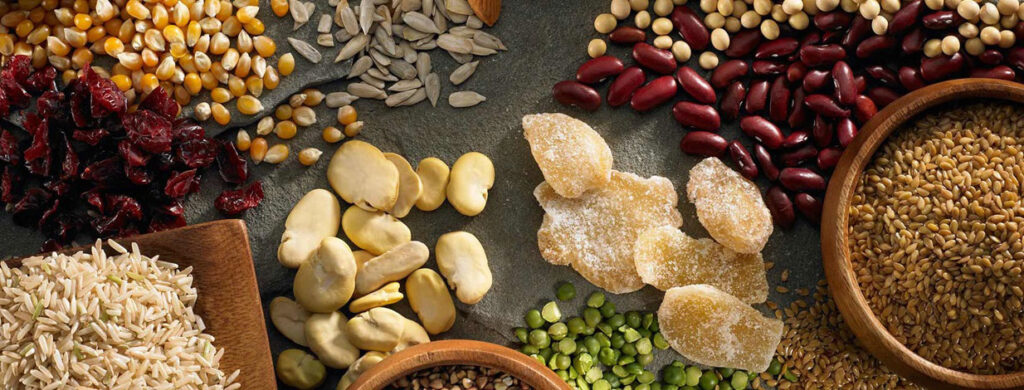- Meal Delivery
Shop by Category
TOP PROVIDERS
POPULAR SEARCHES
Meal Finder Tool
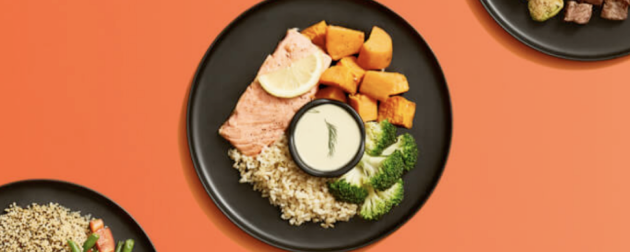
Use our meal finder quiz to find the best meal delivery service for you.
- Vitamin & Supplements
- Deals
- About
- Blog
Gluten Free Meal Delivery
Gluten Free Meal Delivery
Explore a variety of gluten-free meal delivery options tailored to your tastes and dietary needs. Compare gluten free ready made meals and meal kits that are suitable for individuals, couples and families. Learn more about gluten and how to maintain a gluten free diet and how to find the tastiest and best gluten free meal plans.
Featured Product
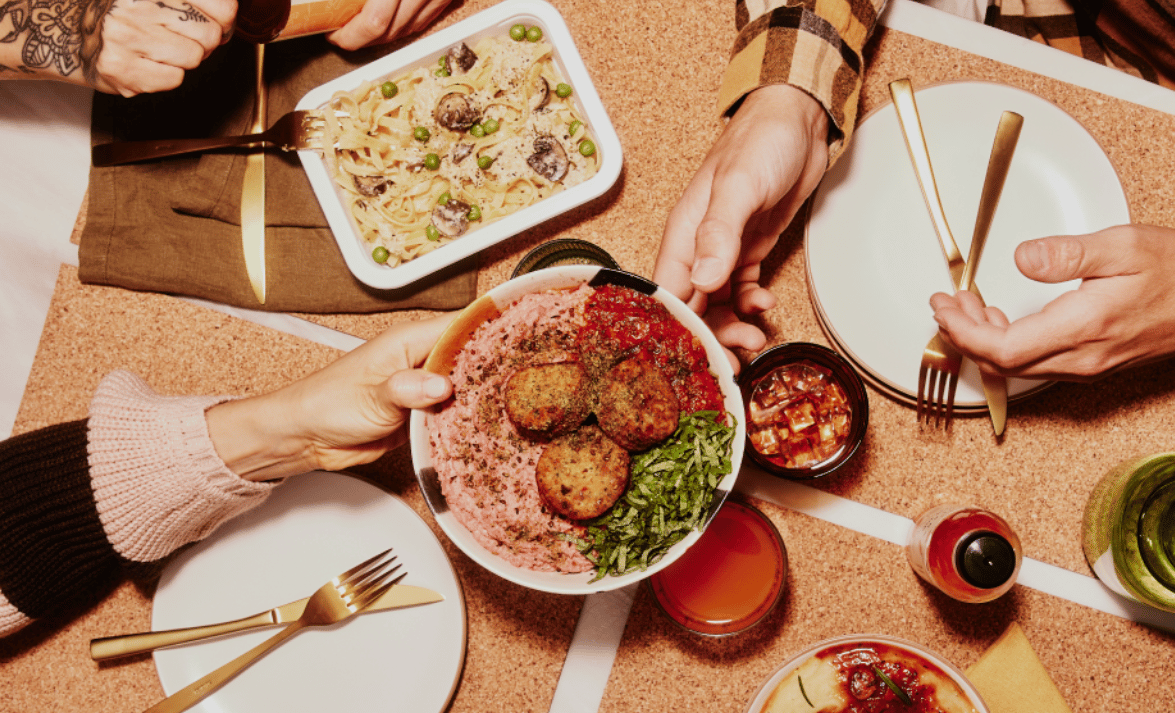
Featured Product
Use the code to get $200 off your first 8 orders.
Compare Gluten Free Meal Delivery
Advertiser Discolure Advertiser DiscolureGet 10% Off Your Order! Get Deal
Bondi Meal Prep offers a selection of No Added Gluten ready-made meals, providing convenient and healthy options for those seeking …
NSW, VIC, ACT, QLD
$12.90/serve
We Feed You create healthy, ready-made meals delivered frozen. Meals are prepared by chefs and Nutritionists and use high-quality, local …
NSW, VIC, ACT, QLD
$11.95/serve
Workout Meals offers a variety of Gluten-Free ready-made meals designed to support active lifestyles and fitness goals. Each meal is …
NSW, VIC, ACT, QLD
$11.30/serve
High-quality, flavourful and delicious meals that are convenient and affordable. High Protein, No Added Gluten, Vegetarian, Vegan, and Dairy Free.
NSW, VIC, ACT, QLD, SA, WA, TAS
$11.00/serve
$100 OFF YOUR FIRST 4 ORDERS! Get Deal
All meals are 100% certified organic, whole-food, gluten-free and oil-free, 100% vegan.
NSW, VIC, ACT, QLD, SA, WA, TAS
$15.95/serve
Get $140 OFF the first 5 boxes! Get Deal
Dinnerly’s online menu has 28 No Added Gluten meal options available for delivery.
NSW, VIC, ACT, QLD, NT, SA, TAS
$5.99/serve
Get $220 OFF first 5 boxes! Get Deal
20+ Gluten Free recipes for you to cook at home delivered to your door in a convenient meal kit by Marley Spoon.
NSW, VIC, ACT, QLD, SA, WA, TAS
$8.00/serve
Free shipping over $50! Get Deal
Create your own fully customised gluten free meal plan. 3, 5 and 7 day Gluten Free Meal Plans for lunch and dinner are available for delivery.
NSW, VIC, ACT, QLD, SA, WA, TAS
$13.00/serve
Save up to $120 on your first 6 orders! Get Deal
Choose from 25+ meals marked as No Added Gluten along with a variety of snacks and protein shakes available for delivery.
NSW, VIC, ACT, QLD, SA, WA, TAS
$12.95/serve
$200 OFF Your First 8 Orders Get Deal
Choose from 21+ meals marked as Gluten Free and 100% Vegan on the Soulara menu today!
NSW, VIC, ACT, QLD, NT, SA, WA, TAS
$10.95/serve
30% off your first order and 20% off your next order! Get Deal
Chefgood's No Added Wheat Plan lets you choose between 5 and 20 meals, free of gluten each week.
NSW, VIC, ACT, QLD, SA, TAS
$11.20/serve
$30 off your first order! Get Deal
Dietlicious is a flexible meal service that offers a range of tasty No Added gluten ready-to-eat meals with no contracts …
NSW, VIC, ACT, QLD
$6.50/serve
Providoor supplies restaurant quality, snap frozen meals that preserve the flavour and freshness of the food. Featuring meals prepared by …
NSW, VIC, QLD
$8.00/serve
$30 off your first order Get Deal
Gourmet Dinner Service prioritizes making healthy meals with 100% real ingredients ridiculously convenient. Founded by masterchef Janel Horton, Gourmet Dinner …
NSW, VIC, ACT, QLD
$7.50/serve
The Good Farm Shop challenges the status quo by making real food convenient without compromising human health, land ecology or …
NSW, VIC, ACT, QLD, SA, TAS
$10.00/serve


